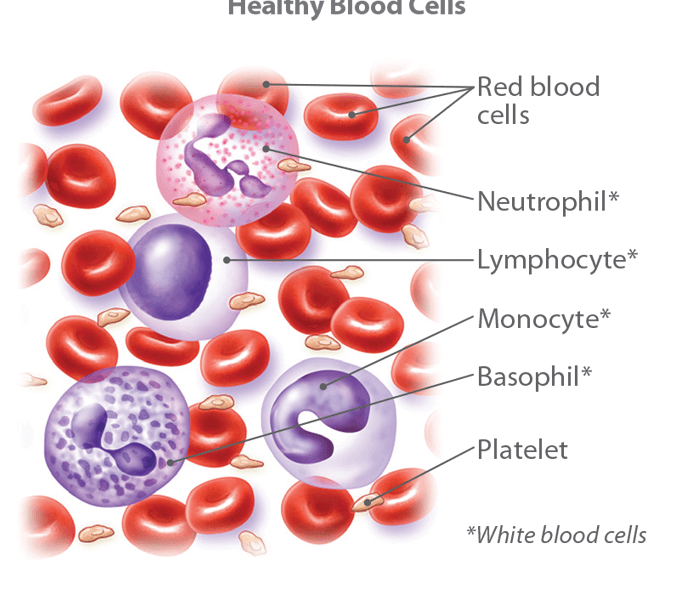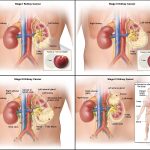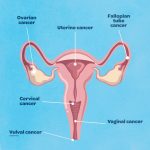Blood cancer is a type of cancer that influences your blood cells. Leukemia, lymphoma and myeloma are some of the most common types of blood cancer.
Blood cancer is caused by changes (alteration) in the DNA within blood cells. This causes the blood cells to start behavior abnormally. In almost all cases, these changes are linked to things we can’t monitoring. They happen during a person’s lifetime, so they are not genetic defect you can pass on.
Some types of blood cancer affect children. Symptoms and treatment can be different among children and adults.
Over 40,000 people are identify with a blood cancer each year in the UK, and over 250,000 people are currently living with blood cancer.
Types of Blood Cancer
Blood cancers affect blood cells and bone marrow — the spongy tissue inside your bones where blood cells are made. These cancers change the way blood cells behave and how well they work.
You have three types of blood cells:
- White blood cells fight infection as part of your immune system.
- Red blood cells carry oxygen to your body’s tissues and organs and bring carbon dioxide to your lungs so you can breathe it out.
- Platelets help your blood clot when you’re injured.
There are three major types of blood cancer:
- Leukemia
- Lymphoma
- Myeloma
These cancers cause your bone marrow and lymphatic system to make blood cells that don’t work as well as they should. They all affect different types of white blood cells, and they act in different ways.
Leukemia
People who have leukemia make a lot of white blood cells that can’t fight infections. Leukemia is divided into four types based on the kind of white blood cell it affects and whether it grows quickly (acute) or slowly (chronic).
Acute lymphocytic leukemia (ALL). This starts with white blood cells called lymphocytes in bone marrow. People with ALL make too many lymphocytes that crowd out healthy white blood cells. ALL can advance quickly if it’s not treated.
It’s the most common type of childhood cancer. Children ages 3 to 5 are most likely to get it, but adults over age 75 can get ALL, too.
You’re more likely to get it if you:
- Have a brother or sister with ALL
- Were treated with chemotherapy or radiation for another type of cancer in the past
- Have been near a lot of radiation
- Have Down syndrome or another genetic disorder
Acute myeloid leukemia (AML). This starts in myeloid cells, which normally grow into white blood cells, red blood cells, and platelets. AML lowers the number of healthy blood cells in all three types. This form of leukemia grows quickly.
AML mainly affects people over age 65. It’s more common in men than women.
You’re chances of getting it are higher if you:
- Have been treated with chemotherapy or radiation for cancer
- Have been around toxic chemicals like benzene
- Smoke
- Have a blood disorder like myelodysplasia or polycythemia vera, or a genetic disorder like Down syndrome
- Chronic lymphocytic leukemia (CLL). This is the most common type of leukemia in adults. Like ALL, it starts from lymphocytes in bone marrow, but it grows more slowly. Many people with CLL don’t show any symptoms until years after the cancer starts.
- CLL mainly affects people in their 70s or older. A family history of blood cancer can raise your odds of it, as can spending a lot of time around chemicals like weedkillers or insecticides.
- Chronic myeloid leukemia (CML). This blood cancer starts in myeloid cells, like AML. But the abnormal cells grow slowly.
- CML is slightly more common in men than in women. It usually affects adults, but kids can sometimes get it, too. You’re more likely to get it if you’ve been around high amounts of radiation.
Lymphoma
This is a cancer of the lymph system. This network of vessels includes your lymph nodes, spleen, and thymus gland. The vessels store and carry white blood cells to help your body fight infections.
Lymphomas start in white blood cells called lymphocytes. There are two main types of lymphoma:
- Hodgkin’s lymphoma starts in immune cells called B lymphocytes, or B cells. These cells make proteins called antibodies that fight off germs. People with Hodgkin’s lymphoma have large lymphocytes called Reed-Sternberg cells in their lymph nodes.
- Non-Hodgkin’s lymphoma starts in B cells or in another type of immune cell called a T cell. Non-Hodgkin’s lymphoma is more common than Hodgkin’s lymphoma.
Both types are divided into a few subtypes. The subtypes are based on where in the body the cancer started and how it behaves.
People who have weak immune systems are more likely to get lymphoma. Infection with the Epstein-Barr virus, HIV, or Helicobacter pylori (H. pylori) bacteria also raises your chances.
Lymphoma is most often diagnosed in people ages 15 to 35 and over age 50.
Myeloma
This is a cancer of the plasma cells in bone marrow. Plasma cells are a type of white blood cell that makes antibodies.
Myeloma cells spread through the bone marrow. They can damage your bones and crowd out healthy blood cells. These cells also make antibodies that can’t fight off infections.
This cancer is often called multiple myeloma because it’s found in many parts of your bone marrow.
Men over age 50 are most likely to get it, and African-Americans have higher odds of it than other people.
Your chances are also higher if you:
- Have close relatives with myeloma
- Are obese
- Have spent a lot of time around radiation
Symptoms
People with blood cancer may experience a range of symptoms, including:
- weight loss that’s unexplained
- bruising or bleeding that’s unexplained
- lumps or swellings
- shortness of breath (breathlessness)
- drenching night sweats
- infections that are persistent, recurrent or severe
- fever (37.5°C or above) that is unexplained
- rash or itchy skin that’s unexplained
- pain in your bones, joints or abdomen (stomach area)
- tiredness that doesn’t improve with rest or sleep (fatigue)
- paleness (pallor) – the skin under your lower eyelid looks white rather than pink.
Causes
Although we don’t normally know exactly why someone will develop blood cancer, there are things that we know can affect your risk:
- age
- sex
- ethnicity
- family history
- radiation or chemical exposure
- some health conditions and treatments.
Treatment
There’s a range of different treatments for blood cancer. You might have one type of treatment or a number of them, depending on the type of blood cancer you have. Common blood cancer treatments include:
- chemotherapy
- targeted therapies
- immunotherapy
- radiotherapy
- stem cell transplants.
If you have a slow-growing blood cancer, you may not need treatment straight away, and some people never need it. This is called being on watch and wait.
Blood cancer treatments can have side effects. Some people experience some of these effects as a result of the cancer itself, even if they aren’t having treatment.
The list of some blood cancer medicine:



